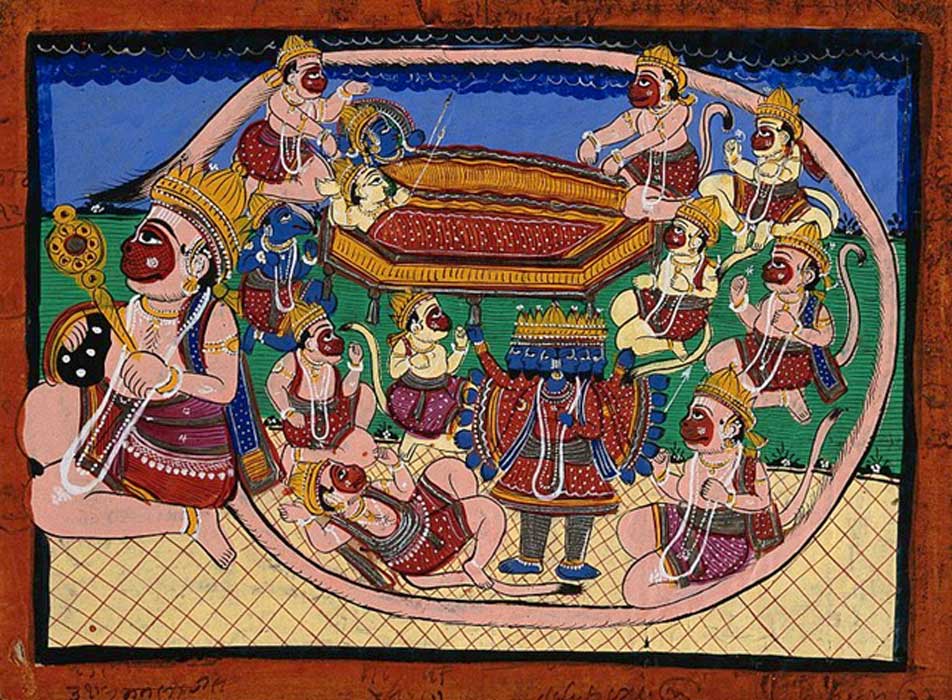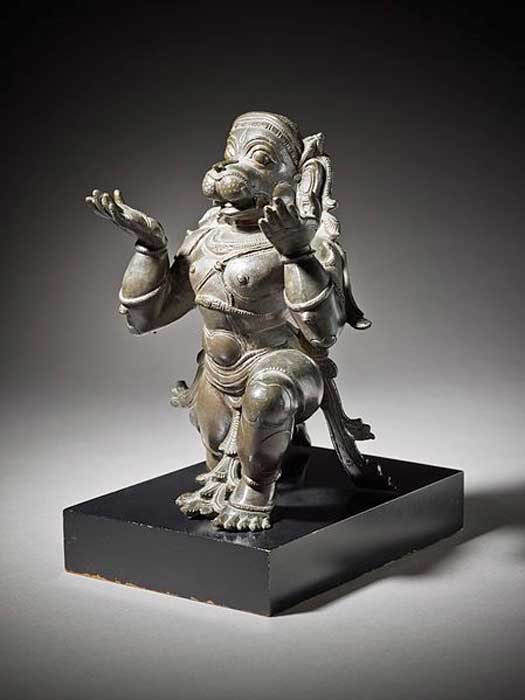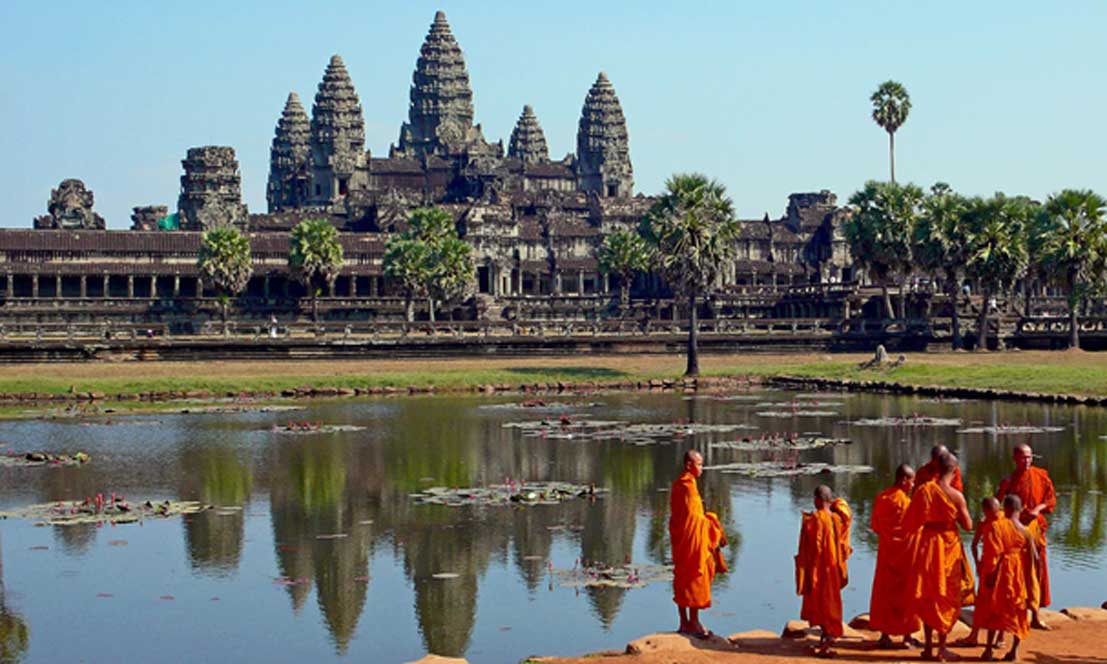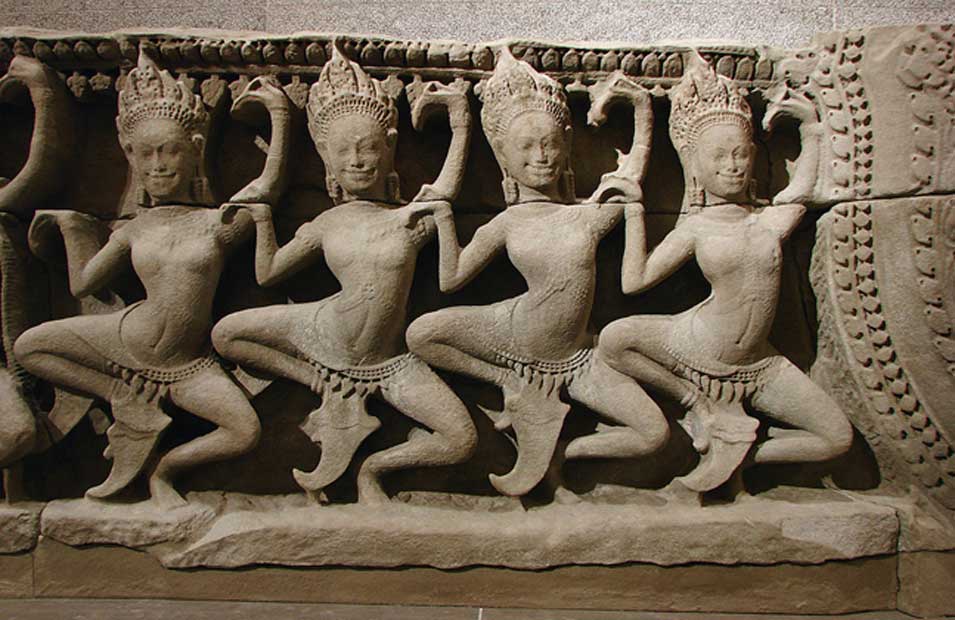
The Sky, the Sun & the King: Mischievous and Divine Monkeys in Asian Myth
For the past few thousand years, the Indian Epic Ramayana has been among the most important literary and oral texts of South and Southeast Asia. Every autumn, Lord Rama's victory over the demon king Ravana is celebrated through plays and dances in towns and villages across India. The central theme of the Ramayana is the victory of good over evil. Lord Rama’s serenity in the face of success and tragedy is viewed as the very example of dharma. In fact, Lord Rama is considered to be an ideal role model. He enjoyed life yet was detached from earthly desires, and he was kind and just to everyone - even to those who opposed him.
Putting himself in the service of Rama is the divine monkey Hanuman who is a hero in his own right. Stories of Hanuman’s heroic deeds have been passed down through generations for thousands of years.

Hanuman, The Divine Monkey (Public Domain)
The original Ramayana arrived to Southeast Asia from India along with Hinduism, but its retelling there also suggests Buddhist influence. Intricate carvings on the walls of Angkor Wat depict a scene from the Ramayana date back nearly a millennium. Statues of the heroes were worshiped in temple sanctuaries, akin to the wall paintings at Cambodia's Royal Palace and Wat Bo.

Buddhist monks in front of the Angkor Wat. (CC BY 2.0)
In this period, Hanuman became a godlike figure in Cambodia history, featuring predominantly in the Cambodian epic poem Reamker (“Glory of Rama”), based on the Sanskrit's Ramayana epic. In his depictions in Thailand, Hanuman appears wearing a crown on his head and armor to protect himself from demons. These depictions not only highlight the importance of Hanuman in South and Southeast Asian mythology, but also reintroduce the ancient and far-reaching symbols he represents - symbols that reach many cultures from Ancient East Asia to South America.
The Birth, Life and Heroic Deeds of Hanuman
Anjana was an apsara - a female spirit of the clouds and waters in Hindu and Buddhist mythology - who was reborn on earth as a monkey due to a curse. She married Kesari, a monkey king. Longing for a child, Anjana and Kesari performed intense prayers to Shiva for twelve long years. Pleased with the couple’s devotion, Shiva granted them a son, Hanuman, the incarnation of Shiva himself. This, of course, is only one version of the legend of the birth of Hanuman.





